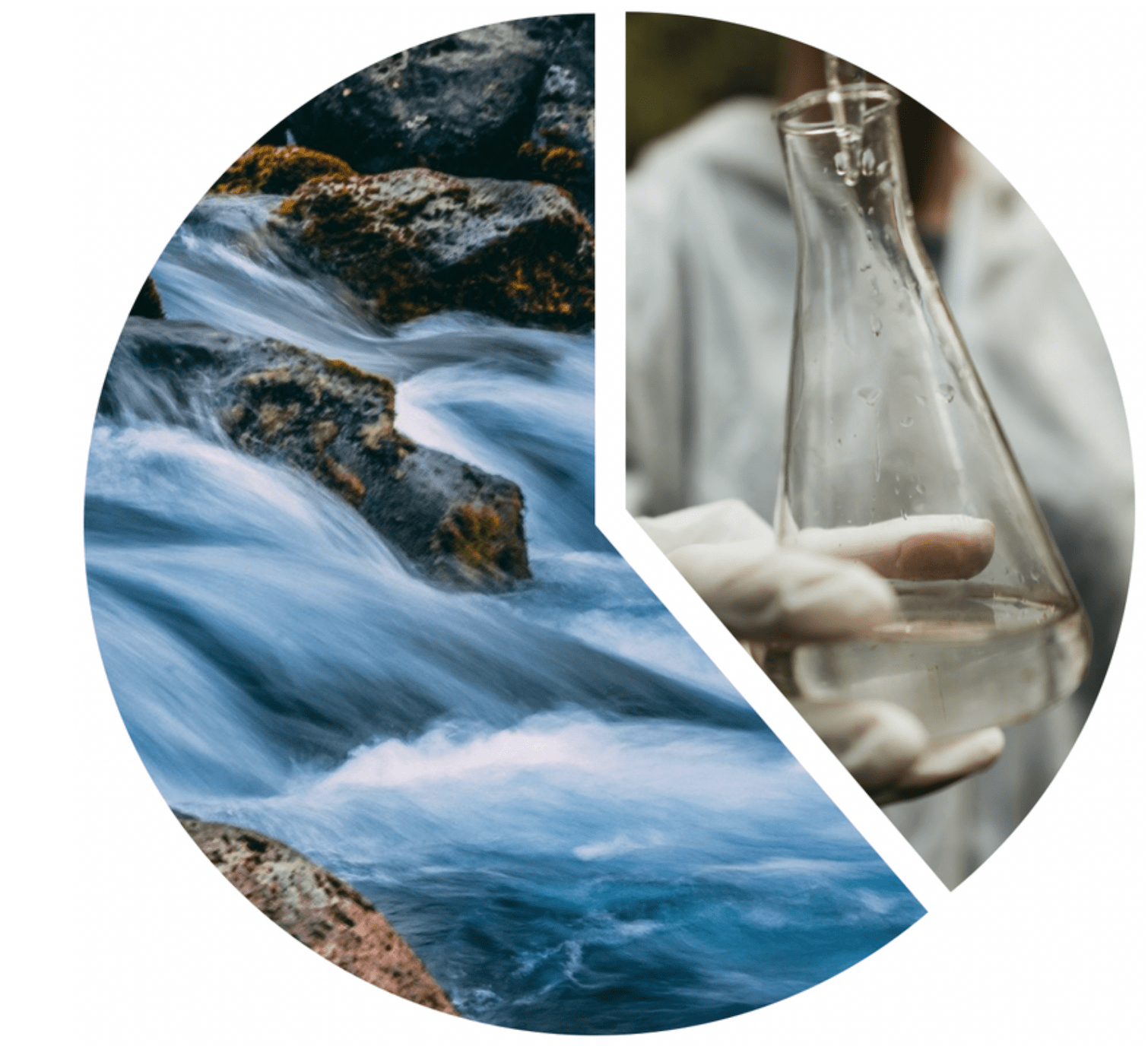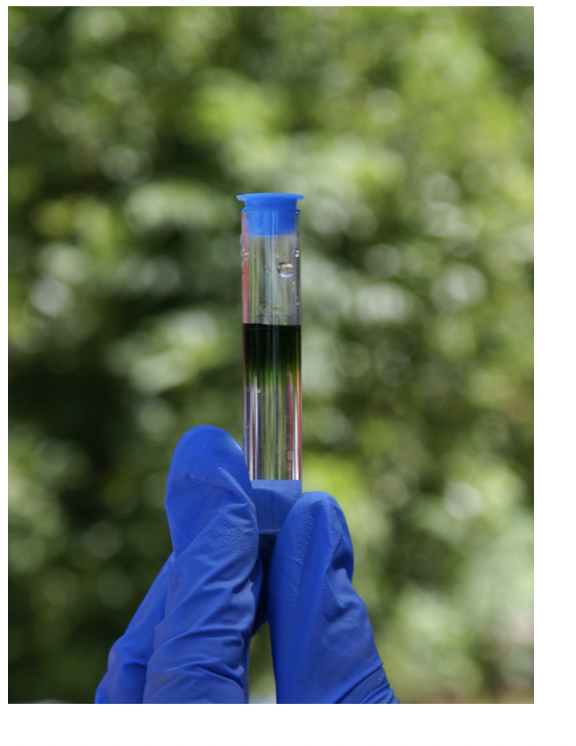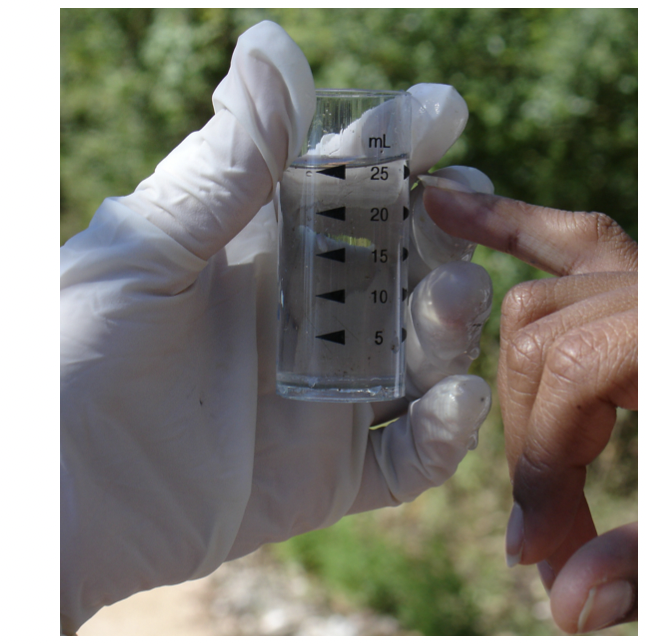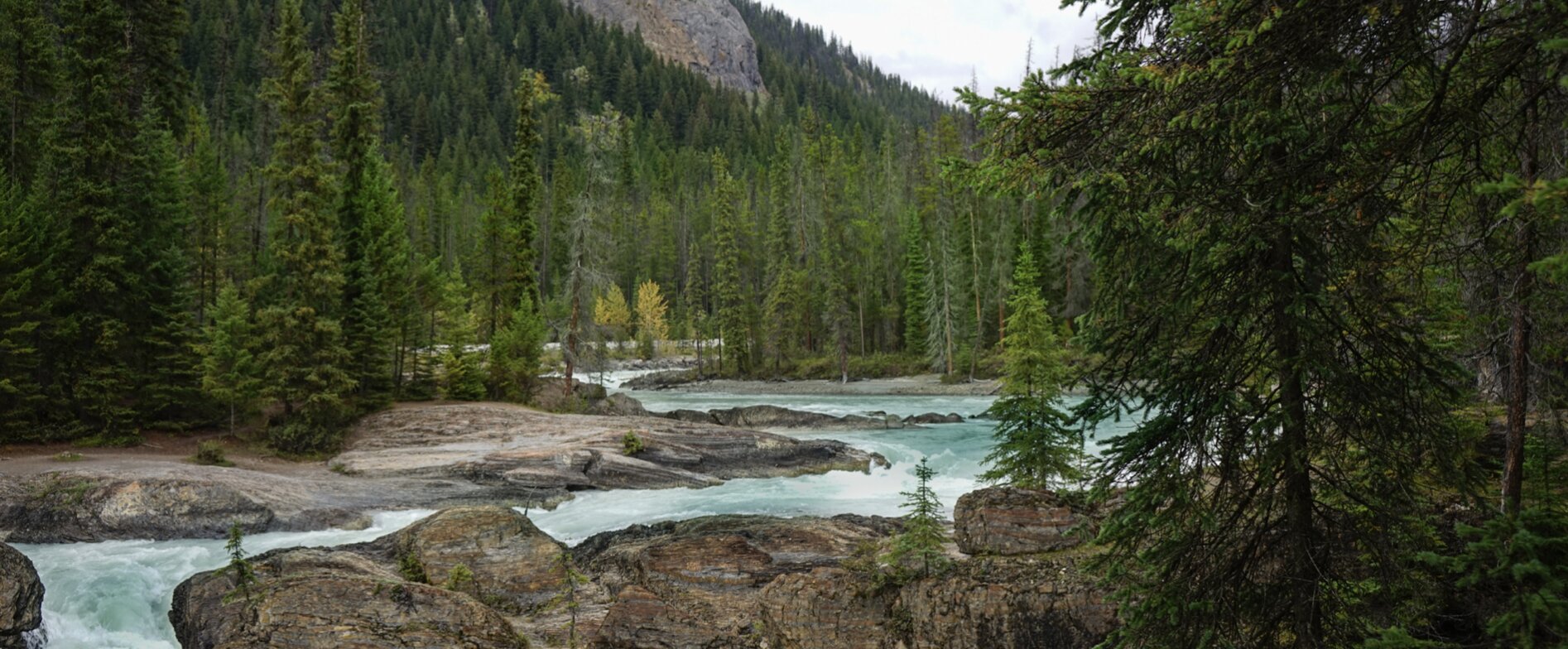DataStream: Collaboration is key for sharing water data
By Mary Kruk, Water Data Specialist, DataStream
 As of 2020, the water quality in 60 per cent of Canadian watersheds remains unknown. Although diverse groups across the country monitor their local waterways and collect a great deal of water data, this information is often not available or easily comparable for various reasons, including if the information is stored using different formats.
As of 2020, the water quality in 60 per cent of Canadian watersheds remains unknown. Although diverse groups across the country monitor their local waterways and collect a great deal of water data, this information is often not available or easily comparable for various reasons, including if the information is stored using different formats.
This lack of easily accessible water data is a major problem. It makes managing Canadian watersheds, which make up 20 per cent of the world’s freshwater, much more difficult, as creating good public policy depends on the right data to inform decisions.
Environmental issues such as climate change also make it more important than ever to understand how our freshwater systems are changing. Freshwater is the foundation of a healthy society and we need the right data to work out how to protect it.
DataStream is an open-access website for sharing water quality data that aims to address these issues. DataStream’s mission is to promote knowledge sharing and advance collaborative water stewardship. It allows users to upload their water data so that it can be securely stored and shared. Anyone can explore and download the data using a map-based search tool.
“Freshwater is the foundation of a healthy society and we need the right data to work out how to protect it.”
DataStream is free to use and was built with communities, policy-makers, and researchers in mind. The platform’s open data schema, modelled on the United States Environmental Protection Agency (USEPA) Water Quality Standard (WQX), means datasets are organized in a scientifically robust and consistent format.
 DataStream’s growing network of more than 135 data contributors includes community science programs; Indigenous, federal, provincial and territorial governments; academics; and watershed organizations. DataStream has been used to publish and store over five million unique water quality observations so far, from over 10,000 sites across Canada.
DataStream’s growing network of more than 135 data contributors includes community science programs; Indigenous, federal, provincial and territorial governments; academics; and watershed organizations. DataStream has been used to publish and store over five million unique water quality observations so far, from over 10,000 sites across Canada.
DataStream works with monitoring groups and programs of any size. A group can upload its data if it collects water samples looking at two measures of water quality or 100. Examples of these measures range from turbidity and temperature to pesticides and hydrocarbons. Monitoring groups can share their work and also see what data other groups are collecting, whether they are 10 miles away or on the other side of the country.
DataStream was developed by The Gordon Foundation, and there are currently three DataStream hub regions across Canada. The first, in the Mackenzie Basin, was launched in partnership with The Government of the Northwest Territories, DataStream’s founding partner. In Atlantic Canada, DataStream is run in partnership with the Atlantic Water Network, and in the Lake Winnipeg Basin, DataStream’s partner is the Lake Winnipeg Foundation. Further expansion is also planned, with Great Lakes DataStream set to be released later this year.
 Mackenzie DataStream, launched in 2016, covers the northern part of Alberta and contains over 649,000 water quality observations from 1,500 monitoring sites. Lake Winnipeg DataStream, which includes much of southern Alberta, was launched in 2019 and now contains over 916,000 water quality observations from over 1,300 monitoring sites. As those numbers continue to rise, there is plenty of support available for groups who want to contribute to DataStream. Assistance for water monitors includes help with formatting data before it is uploaded and training sessions on using the platform.
Mackenzie DataStream, launched in 2016, covers the northern part of Alberta and contains over 649,000 water quality observations from 1,500 monitoring sites. Lake Winnipeg DataStream, which includes much of southern Alberta, was launched in 2019 and now contains over 916,000 water quality observations from over 1,300 monitoring sites. As those numbers continue to rise, there is plenty of support available for groups who want to contribute to DataStream. Assistance for water monitors includes help with formatting data before it is uploaded and training sessions on using the platform.
DataStream runs the Dive into Data webinar series and provides many other resources as well, including a series of how-to guides, found on the DataStream YouTube channel. DataStream users can chat with staff during a monthly office hours online drop-in, and can also take advantage of the many helpful resources on the Lake Winnipeg DataStream and Mackenzie DataStream websites.
Data from DataStream is being used to start filling those previously mentioned data gaps across the country. The 2020 WWF Watershed Reports provided a national assessment of Canada’s freshwater and found that we are missing information on the health of 60% of our Canadian watersheds. However, ten more watersheds than the number found in the previous assessment of 2017 did receive a health score, with data accessed on DataStream contributing to this.
There’s a long way to go before we have the water data we need in Canada, but everyone contributing to DataStream is moving us in the right direction.

Mary can answer any questions about becoming part of DataStream. She is based in Calgary and can be reached at mary@gordonfn.org. Mary has a background in surface water quality monitoring, evaluation, and reporting. Her interests lie in effective science communication and the protection of natural resources through the dissemination and use of open data. Find out more about Mary in this blog.
